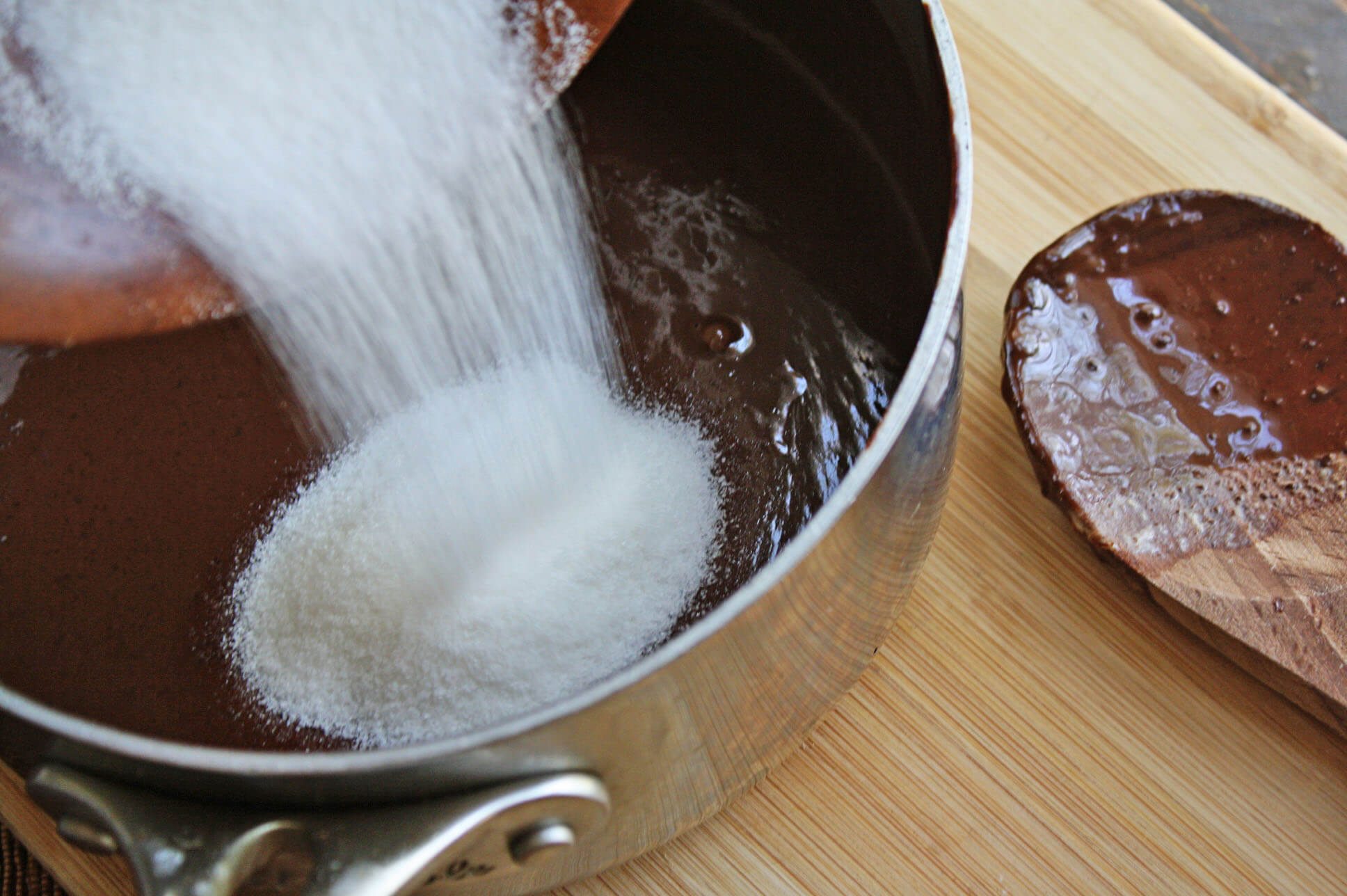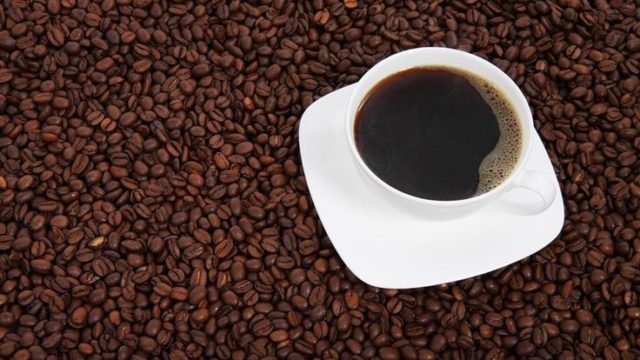FTC disclaimer: This post may contains affiliate links and we will be compensated if you click on a link and make a purchase.
Experts believe that excess sugar consumption can lead to high blood pressure, inflammation, weight gain, fatty liver disease, diabetes, and chronic disease.
Although health-consciously we may be trying to cut down sugar intake, sugar still is an important part of most modern dishes.
Later in this article, we will look into chocolate fun facts. Chocolate is more than just a snack, and one doesn’t really need a reason to love chocolate.
Lastly, we will discuss the importance of calories and how much it impacts weight gain and obesity.
Let’s look into some of the important fun facts about sugar, chocolate, and calorie intake.
Fun Facts about Sugar
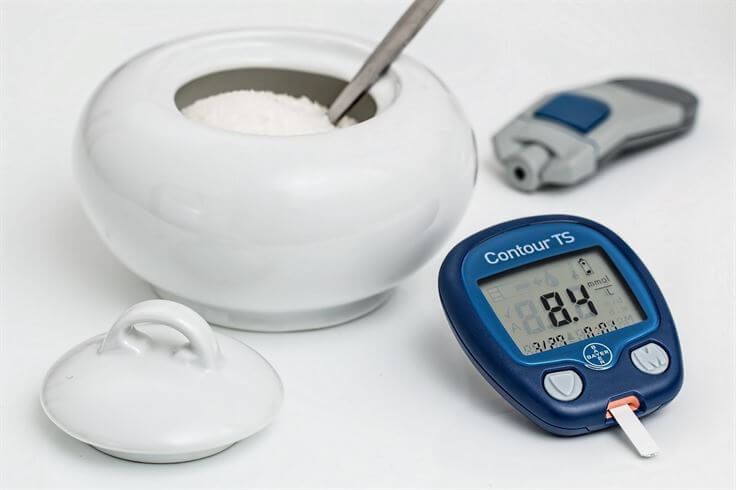
How much sugar (cane sugar/beet sugar) do you think each person eats in a year?
A lot!
Each person in the U.S. consumes more than 70 pounds of sugar in a year. An individual from Europe, about 92 pounds.
Brazil had the highest consumption per person at 123 lbs! So to say we like sugar is an understatement!
Sugar makes food taste better and gives that temporary “sugar high,” making one feel pretty happy.
However, increased sugar consumption is associated with obesity, diabetes, and cavities, not to mention energy crashing after your “sugar high.”
Some people argue that sugar affects the brain like a drug and can be addictive to certain individuals.
Also, sugar has no nutritional value whatsoever. So to sum it up, we could do very well without even eating a bite of the refined stuff.
How much do you eat?
Do you know how much refined sugar you eat on a typical day?
To put it in perspective, let’s look at some foods/drinks and their sugar content.
g = Grams; 14 Grams = 1 Tablespoon
- Peanut Butter, 2 Tbsp = 2.5g
- Ketchup, 1 Tbsp = 3.1g
- Graham Crackers, 2 = 7g
- Honey Nut Cheerios, ¾ Cup = 9g
- Krispy Kreme Original Glazed doughnut = 10g
- Edy’s Slow Churned Cookies and Cream Ice Cream, ½ Cup = 13g
- Fruit Loops, 1 Cup = 14g
- Hershey Kisses, 9 kisses = 21g
- Starbucks Nonfat Café Mocha, Tall = 25g
- Reese Peanut Butter Cups, 1 package = 25g
- Ben And Jerry’s Chunky Monkey ice cream, ½ Cup = 28g
- M&Ms, 1 package = 31g
- Slim-Fast, Milk Chocolate, 1 Can = 34g (and people drink this to lose weight!!!)
- Dr Pepper, 12 fl oz = 40g
- Mountain Dew, 12fl oz = 46g
Lowering sugar intake will eventually improve your health and help you to recover from your current health condition.
If you’re craving something sweet, try fresh fruit, which has nutrients, fiber, and fewer calories. Or you check out Healthier Sweet Snacks’ ideas on how to satisfy your sweet tooth.
Fun Facts about Chocolate
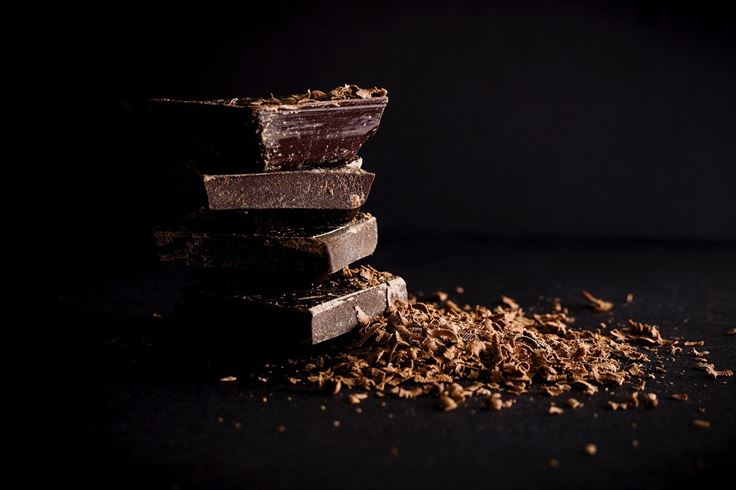
“Chocolate” comes from the Aztec word, “xocolatl,” which means “bitter water.”
Christopher Columbus has introduced chocolate to Europe. He has brought cocoa beans from the Caribbean islands from his 1502 AD voyage.
Switzerland is one of the top countries that consume chocolate the most.
Moreover, the consumption of chocolate per person per year in Switzerland is roughly 22 lbs. Comparably, U.S. consumes more than 11 lbs per person each year.
Cocoa butter melting temperature is 98.6 degrees F; that is why chocolate melts easily in the mouth.
Furthermore, you can store chocolate by wrapping it in foil and place it at a constant temperature of 65 degrees F with 50% humidity.
Dark chocolate can be stored for 10 years in perfect condition.
The largest box of chocolate was first created by Marshall Field’s of Chicago on November 14, 2002. It contained 90,090 Frango mint chocolates and weighed 3,3226 lbs.
Quality dark chocolate helps in reducing the risk of heart disease because it contains flavonoids.
Additionally, if you eat a 1.6 oz (small) bar of dark chocolate, it will positively impact your health.
Chocolate also helps in maintaining the hormone-like serotonin that keeps you feel relaxed, calm, and happy.
Research has shown that chocolate has the same effect on the brain and heart rate that one gets with passionate kissing.
Mayan and Aztec cultures have used cocoa beans as currency (Now, who says money doesn’t grow on trees).
The oldest and largest chocolate producer company in the U.S is Hershey.
Cadbury is the most popular and largely consumed chocolate in the UK.
The highest production and supply of cocoa is from West Africa.
The most expensive chocolate made globally is Madeleine which costs $250, produced by Fritz Knipschildt of Knipschildt Chocolatier in South Norwalk, Connecticut.
The Madeleine is a special, handmade dark chocolate truffle complete with a rich ganache, cocoa dusting, and a French truffle.
With the price of $250, these chocolates cost approximately $2,600 per pound.
As a side note, Dark chocolate is good for your heart health, but just be sure that it’s at least 70% cocoa.
Fun Facts about Calories
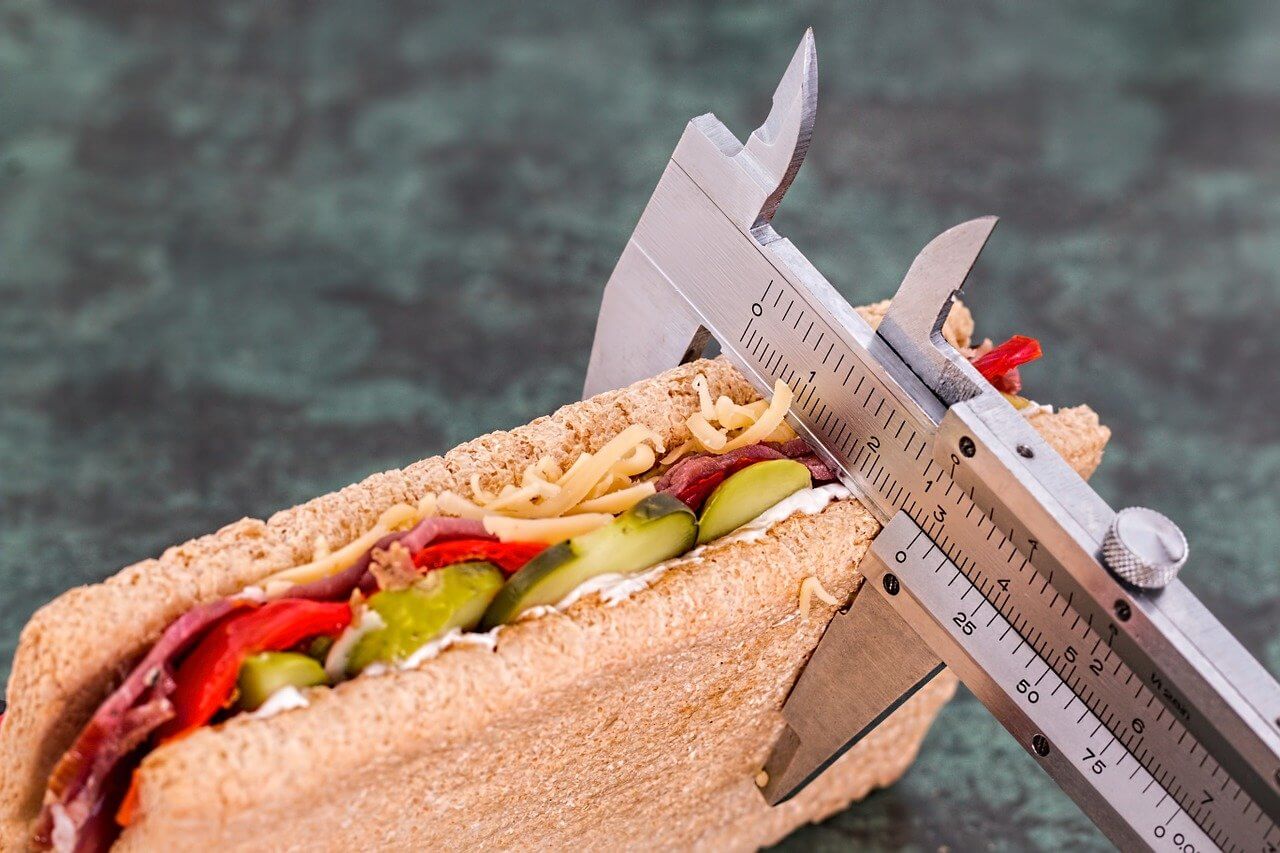
A calorie (or kilocalorie) is a measurement of energy.
1 calorie = the amount of energy (heat) required to raise 1 gram of water temperature by 1 degree Celsius (1.8 degrees Fahrenheit).
Each pound of body fat can contain 3500 calories. So, technically, to lose one pound of stored fat, you need to burn 3500 extra calories.
A male athlete typically consumes upwards of 7000 calories a day!
Fidgeting can burn 350 calories a day.
In a 2007 Nathan’s Hot Dog Eating Contest Champion, the participant, Joey Chestnut, has eaten 66 hot dogs in 12 minutes. After calculation, it was estimated that he consumed approximately 20,394 calories (1 hot dog = 309 calories).
Takeru Kobayashi, 6-time defending champion and placing 2nd in 2007, ate 53 3/4 hot dogs – about 16,609 calories.
Moreover, you consume more calories in sleeping than you do watching TV.
A few of the highest calorie fast food items can be found at Baskin Robbins:
- Chocolate Oreo Shake, large = 2360 calories
- Heath Bar Crunch Shake, large = 2160 calories
- Reese’s Peanut Butter Cup Shake, large = 2160 calories
Know any food items higher in calories? Please let me know!
